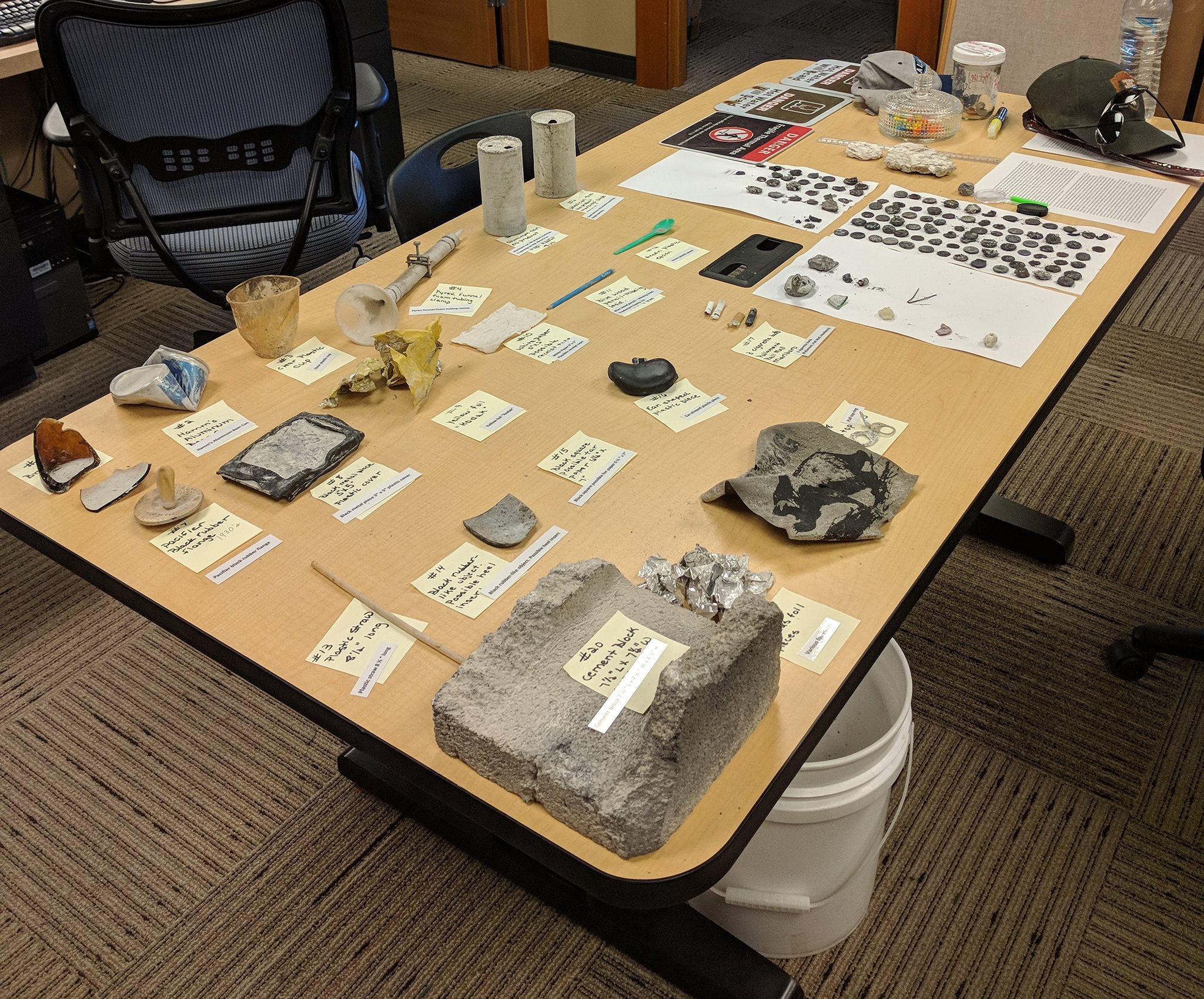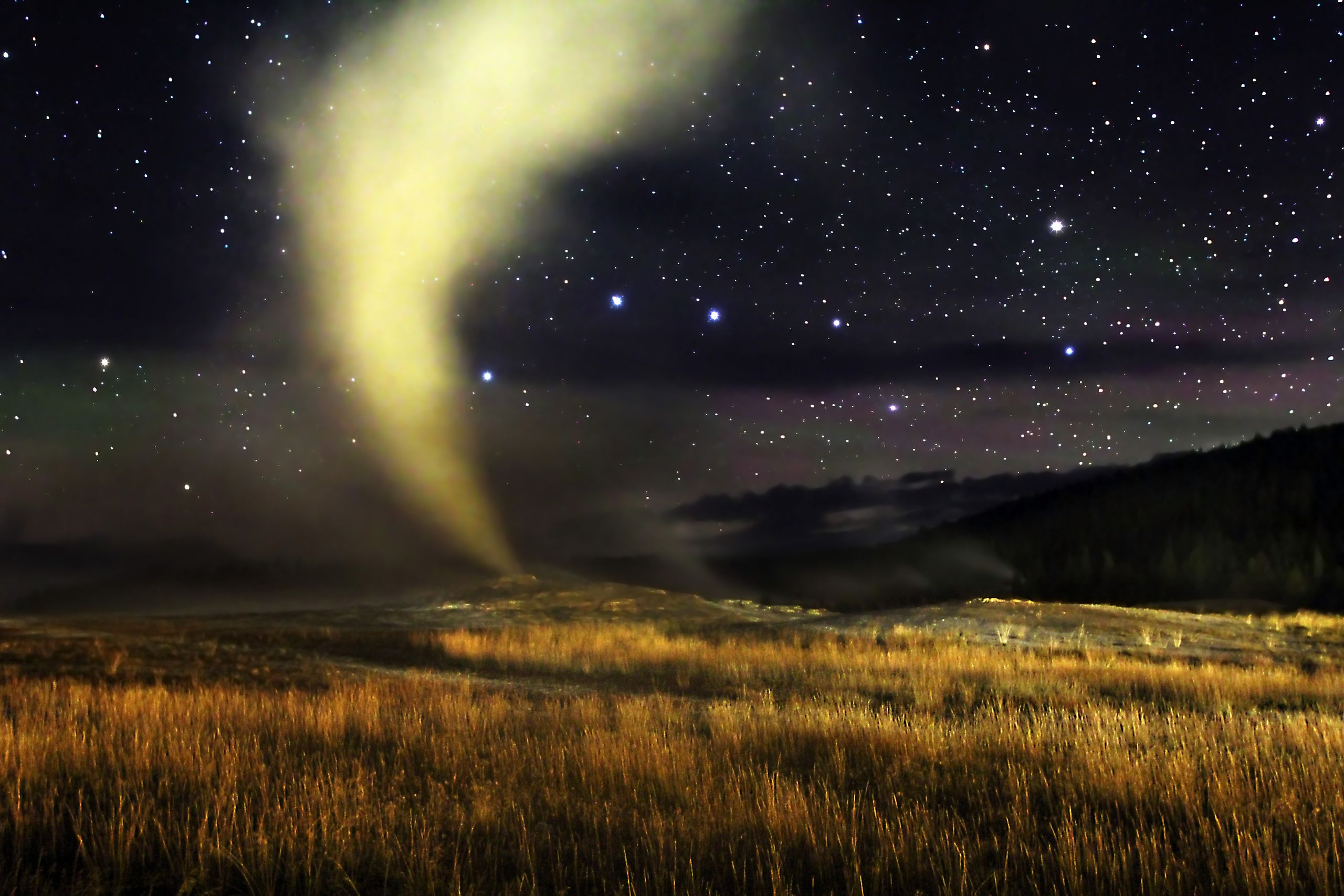
Yellowstone Park officials were thrilled when the Ear Spring geyser suddenly came to life on September 15, 2018. Visitors fortunate enough to be in the area, watched in awe as the hot pool’s largest eruption since 1957, caused sprays of steaming 200 degrees Fahrenheit (93 degree Celsius), water to leap as high as 30 feet (9 meters) in the air. However, the joy turned to shock when employees discovered that in addition to the expected rocks and dirt, the geyser had also ejected human-generated trash.
The carefully cataloged items include almost 100 coins, a cinder block, aluminum cans, plastic cups, cigarette butts, a rubber heel insert, old metal signs, a plastic straw, and even a vintage baby pacifier from the 1930s! Park officials say regardless of whether the foreign objects ended up in the geyser accidentally or were thrown in deliberately, they are harmful to the hot spring.

Yellowstone supervisory park ranger Rebecca Roland told CBS News, “You might think that if you toss something in a hot spring or in a geyser that it disappears, but it doesn’t disappear. It stays in that and what normally happens is you can actually plug up a feature and kill the feature. And that’s happened in many places in the park.” Park officials caution tourists to be more careful: "The next time Ear Spring erupts we hope it's nothing but natural rocks and water."
Established in 1872, Yellowstone, which spans an area of almost 3,500 square miles, was the first national park in the world. While most of it is in Wyoming, the park’s boundaries also extend into parts of Montana and Idaho. The wilderness recreation area is known for its diverse wildlife, dramatic canyons, alpine rivers, lush forests, and, most importantly, the world’s largest number of hot springs and geysers.

The impressive gushers, which draw thousands of visitors to the park annually, can be attributed to Yellowstone’s location above a volcanic hot spot. As surface water seeps underground, it comes in contact with the hot magma, which causes the liquid to boil. The resulting pressure forces a superheated column of steam and water to the surface, through a plumbing system made of fractures, fissures, porous spaces and cavities. While most geysers don’t erupt on a regular schedule, Yellowstone’s Old Faithful has been spewing out columns of scalding water, up to 184 feet high, every 35 to 120 minutes since 2000. Even more impressive is that each natural fountain “show” lasts between one and a half to 5 minutes!
Resources: LiveScience.com,smithsonianmag.com,treehugger.com
